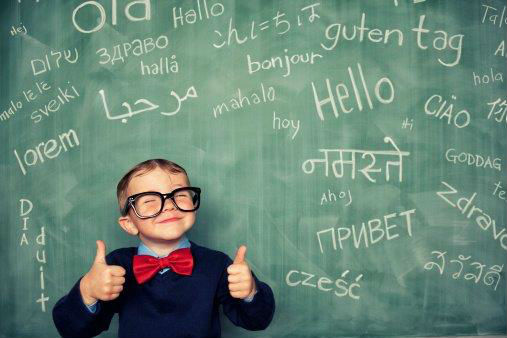Cultural Topic of Your Choice: Hanbok
Hanbok is a type of traditional Korean clothing from the Joseon period (1392-1897), and the word literally means “Korean clothing.” It was originally designed for the sake of moving easily, and its design has changed very little from the first hanboks. Hanboks are known for their clean, simple lines meant to flow, and for their bright colors meant to represent to the five elements: white for metal, red for fire, blue for wood, black for water, and yellow for earth. Traditionally, color could also be representative of a person’s social or marital status. Material could also be indicative of social status.
Hanbok can range from semi-formal to formal and, although it was everyday-wear during the Joseon dynasty, today it is usually worn for special occasions such as a wedding or the Lunar New Year. The is also a day established in 1996 created to encourage people to wear their hanbok. A woman’s hanbok has a jacket-like shirt (jeogori) and a wrap skirt (chima), whereas a man also wears a jacket but with loose pants (baji). Children’s hanbok consist of a jacket, vest, cloth hat. Children traditionally wear hanbok while celebrating their first birthday. There are other garments that can be worn in addition to the basic hanbok for style or warmth.

